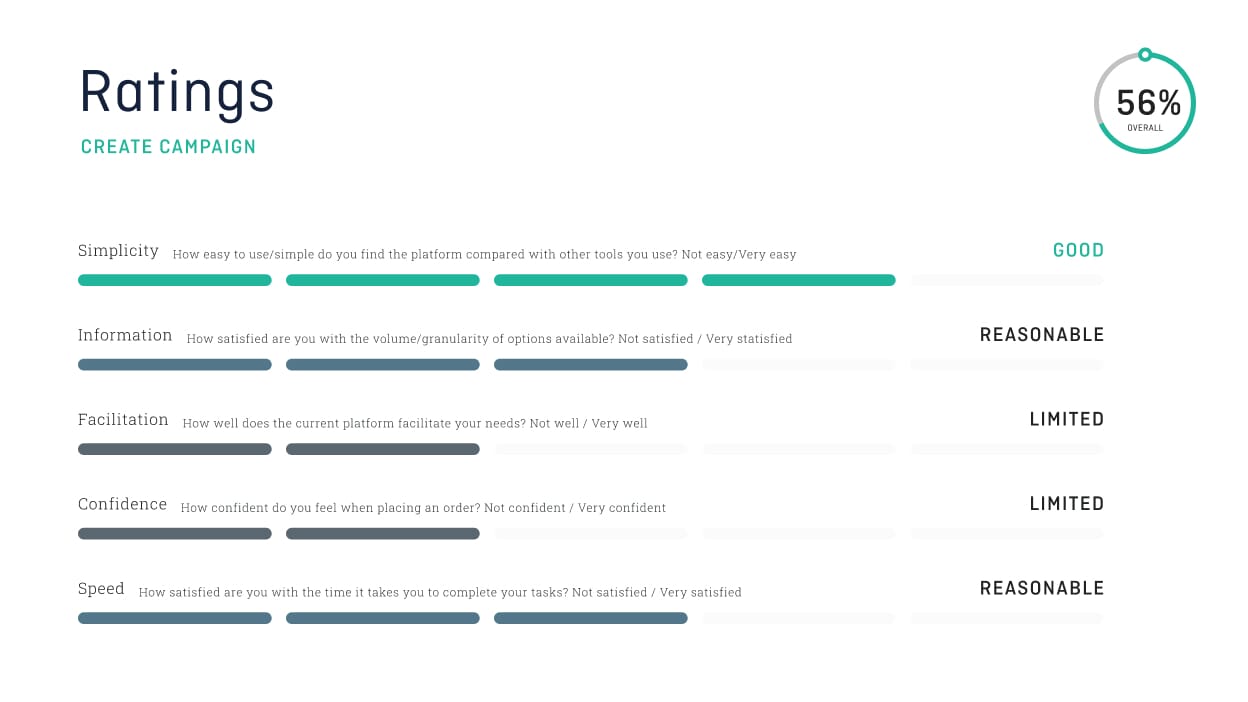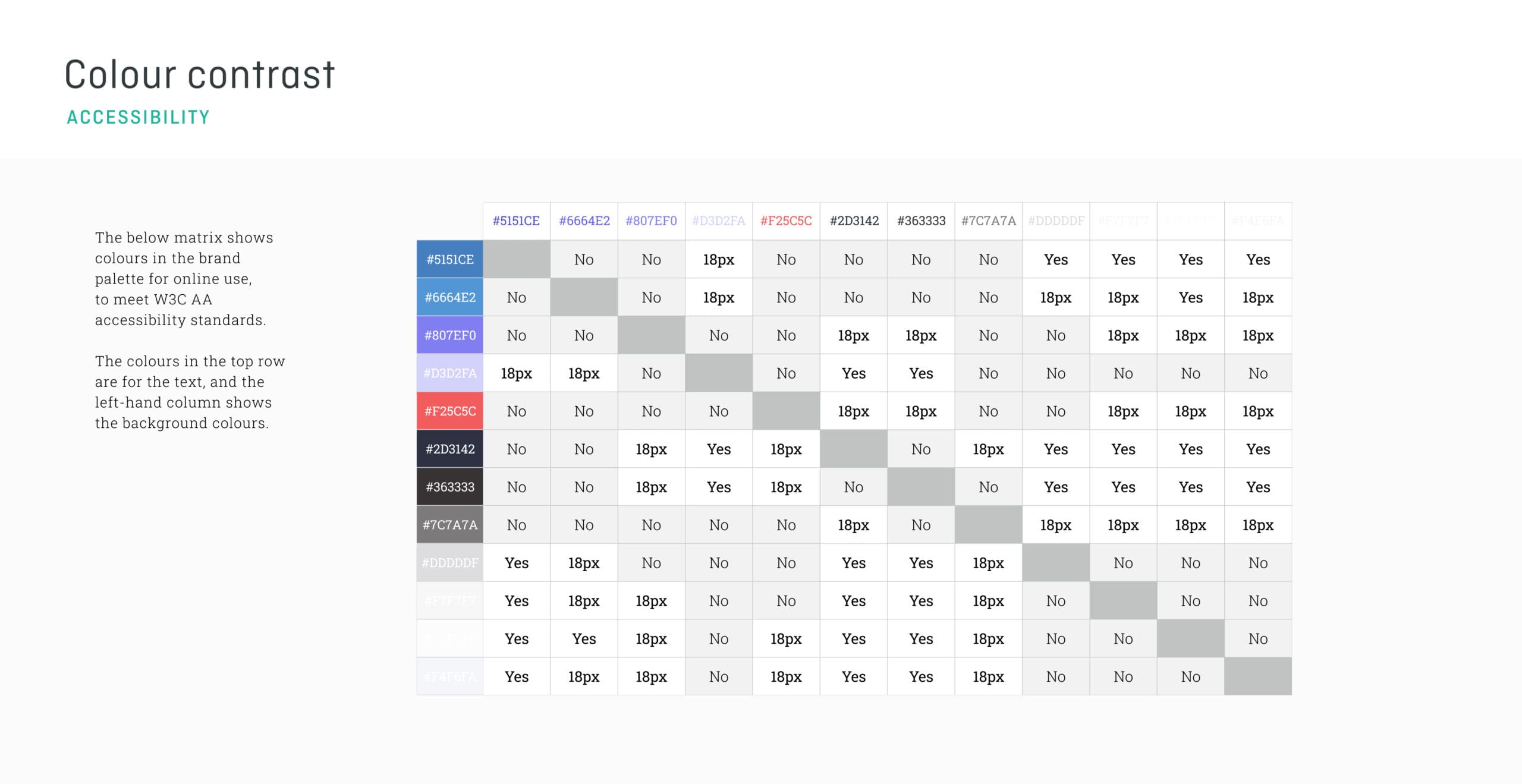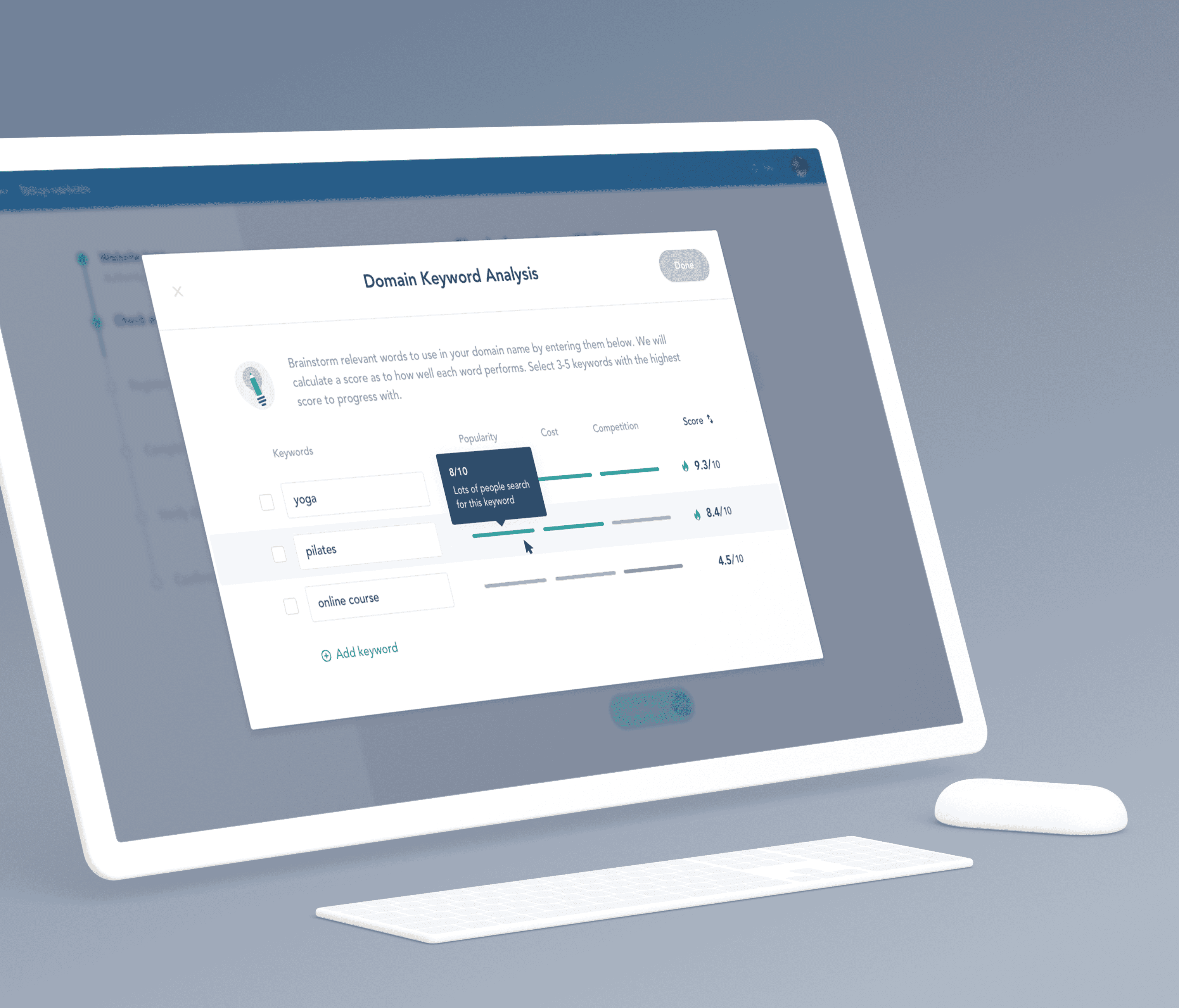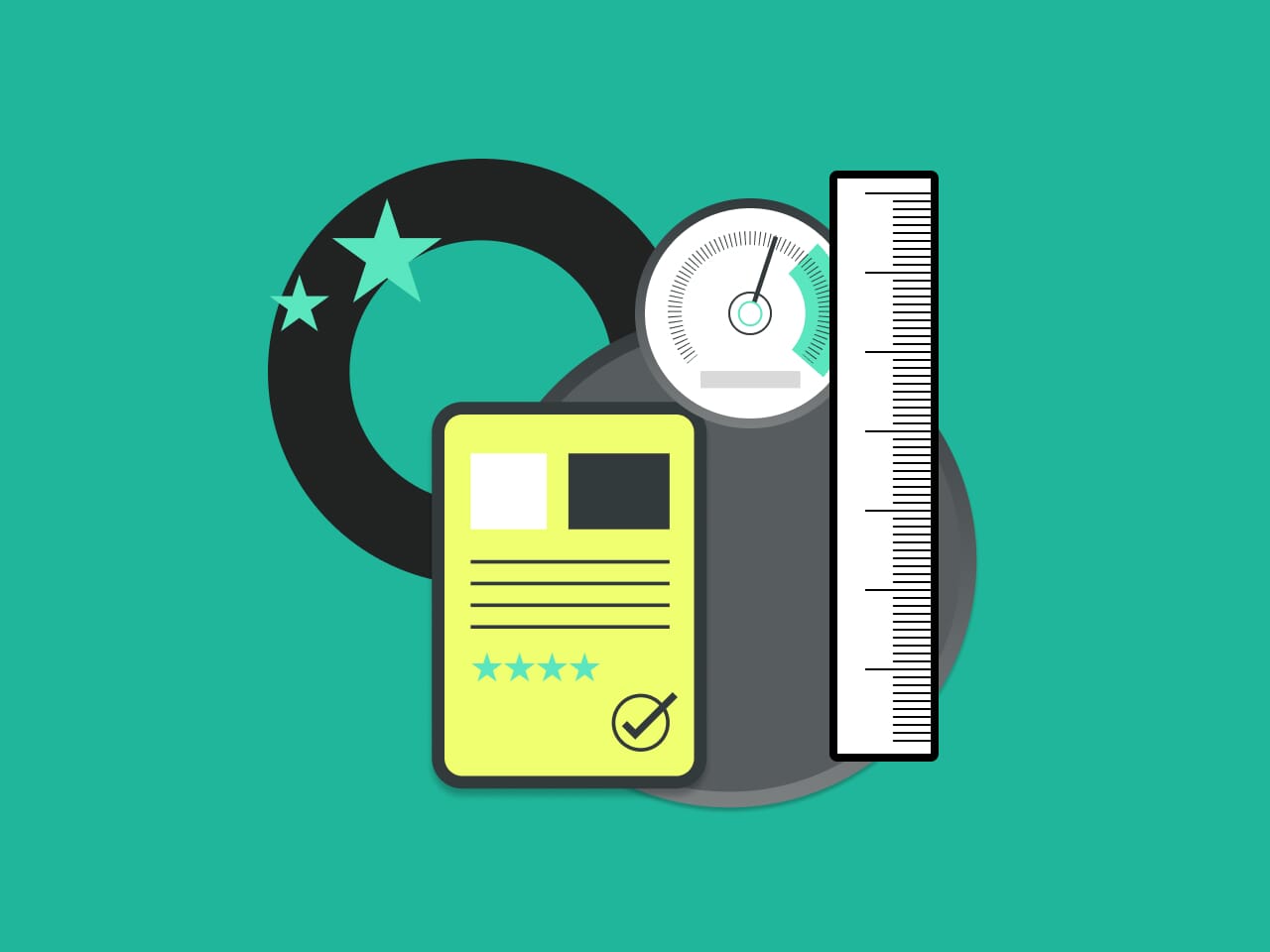Understanding accessibility in UX design
Accessibility in UX design means making products and services usable by as many people as possible, including those with disabilities such as visual, auditory, motor, or cognitive impairments. While the focus is often on those with disabilities, accessibility is beneficial for all users as well, especially those interacting in less-than-ideal situations—like using a phone in bright sunlight or navigating an app with only one hand while multitasking.

The business case for accessibility
Accessibility also has a strong business case. Studies show that accessible web apps can enhance brand loyalty, improve SEO, and increase the usability of your product for all users. By making your product more inclusive, you widen your potential market and create more positive user experiences.
The 10 commandments for accessibility in UX
- Empathy is key: Accessibility begins with understanding the people who use your product. It’s essential to cultivate empathy for users with diverse abilities and backgrounds. Walk through different scenarios where users might struggle with accessibility, like navigating a platform with low vision or using a mobile app with one hand. Use empathy-building exercises such as persona development and journey mapping to understand users’ challenges.
How to Implement: Conduct workshops with your team to build a deeper understanding of different user needs. Use real-world examples of how accessibility impacts everyday use.
- Conduct inclusive user research: Standard usability testing often focuses on the ‘average user,’ but accessibility-focused research needs to include users with disabilities and impairments. Conducting research with users who rely on assistive technology provides invaluable insights into the real challenges they face and whether your interfaces hold up in practice.
How to Implement: Ensure your UX research involves participants with a range of disabilities. This could mean testing with screen reader users, conducting interviews with individuals who rely on voice navigation, or running surveys that cover accessibility concerns.
- Promote inclusivity through checklists: Accessible UX design should work for everyone, not just a select few. An inclusive approach means considering factors like colour blindness, motor skill limitations, and language barriers. Also, think about different devices, from desktops to mobile phones and tablets, and how your design works across all these mediums.
How to Implement: Create an accessibility checklist for your design team that covers different areas like visual impairments, hearing impairments, and mobility challenges. Include guidelines for designing across various devices and environments.
- Control navigation effectively: Navigational elements are at the heart of UX design, and ensuring that they are accessible is critical. Many users, including those with motor impairments, depend on keyboard navigation, while others may use voice commands or other assistive technologies to navigate a website or app.
How to Implement: Ensure all navigational elements, such as menus, buttons, and links, are operable via keyboard shortcuts. Use clear labels and avoid using complex or ambiguous navigation structures.
- Consider context of use: Your users are interacting with your product in diverse contexts. Accessibility design goes beyond accommodating disabilities and must also consider situational impairments like low light, background noise, or a shaky commute on public transport.
How to Implement: Test your product in a range of environments. For example, simulate low-light conditions, test functionality with sound off or background noise present, and experiment with different levels of distraction or multitasking.
- Create logical content organisation: Clear and logical content structures are vital for accessibility. Users rely on headings, subheadings, and properly formatted content to navigate information quickly. For those using screen readers, properly structured content ensures that information is presented in the correct order.
How to Implement: Use semantic HTML to create well-structured content. Break up text into smaller, easily digestible sections. Consider implementing an Information architecture (IA) process to ensure that your site hierarchy is clear, with appropriate heading levels and logical content groupings.
- Ensure consistent design: Consistency in both visual design and functionality helps all users, especially those with cognitive disabilities, to interact with your product. Familiarity reduces cognitive load and enables users to predict how things will work across different parts of the product.
How to Implement: Standardise the use of UI components and interaction patterns. Avoid making drastic changes to navigation and layout between different sections of your app or website.
- Choose accessible fonts: Typography plays a crucial role in readability, particularly for users with visual impairments. Small or overly decorative fonts can hinder comprehension, while clear, simple fonts with sufficient line spacing can make content more accessible.
How to Implement: Stick to sans-serif fonts for body text, and ensure a minimum font size that’s readable without straining. Provide sufficient spacing between lines and letters and allow users to adjust text size as needed.
- Select appropriate colour contrast: Low contrast between text and background colours can make it difficult for users with visual impairments or colour blindness to read content. It’s essential to adhere to minimum contrast ratios to ensure readability.
How to Implement: Use tools like the WebAIM Color Contrast Checker to verify that your design meets WCAG contrast guidelines. Choose high-contrast colours for text, especially in critical areas like buttons and menus.

- Provide alt-text for media: Alternative text for images, videos, and interactive elements is a cornerstone of accessible design. Alt-text allows screen readers to describe images and other non-text content to users who cannot see them.
How to Implement: Write meaningful and concise alt-text that clearly describes the content and purpose of each image. For complex visuals, provide detailed descriptions or links to longer explanations if needed.
With these foundational rules in place, it becomes easier to ensure that your design approach consistently considers accessibility. Now, let’s explore a set of practical guidelines to help embed these principles into your workflows and ensure your digital products are inclusive and user-friendly.
Practical guidelines
- Create detailed personas: Incorporate diverse accessibility needs into your user personas. These personas should cover a range of disabilities and contextual impairments, helping to guide your design decisions. By factoring in real-life limitations, you ensure your design accommodates a broader user base.
How to Implement: Develop at least one persona with accessibility needs for each product or feature you design. Include specific challenges they face and ensure that your design addresses these needs.
- Responsive design: Ensure your design is responsive and works seamlessly across all devices, screen sizes, and input methods. This includes optimising for screen readers, voice control, and alternative input methods like switches or touch.
How to Implement: Test your design on a variety of devices, including desktops, tablets, smartphones, and even smart TVs. Use responsive frameworks and adaptive design principles to ensure a smooth user experience across platforms.
- Streamline content navigation: Assistive technologies like screen readers rely on logical content structures to help users navigate. Ensure that your design features easy-to-follow, clearly labelled content and navigation that can be accessed without sight or mouse clicks.
How to Implement: Use semantic HTML and ARIA (Accessible Rich Internet Applications) tags to improve screen reader navigation. Ensure that headings, lists, tables, and forms are appropriately marked up.
- Testing with real users: Conduct usability testing with real users who have a range of abilities and disabilities. Observing how users with assistive technologies interact with your product can help uncover accessibility issues that may not be obvious during design.
How to Implement: Partner with accessibility advocacy groups or leverage crowdsourced testing services to gather feedback from real users with accessibility needs.

Final thoughts
Accessibility in UX design is about creating experiences that work for everyone, not just a select group of users. By adhering to the 10 commandments and following practical guidelines, designers can ensure that their products are inclusive, usable, and ultimately more successful. While the process may seem daunting at first, it’s important to remember that accessible design is an iterative process. Testing, refining, and gathering feedback from users with diverse needs will help you continually improve your design’s accessibility.
Incorporating accessibility from the start benefits everyone, from users with disabilities to those facing temporary or situational challenges. Ultimately, accessibility is about providing a seamless and inclusive experience, which is a win for both users and businesses alike. So, take the leap, embrace these commandments, and start designing with accessibility at the core of your UX process.

Find out more
Want to make your UX design more accessible? Get in touch to explore how we can improve your project’s inclusivity and usability.





